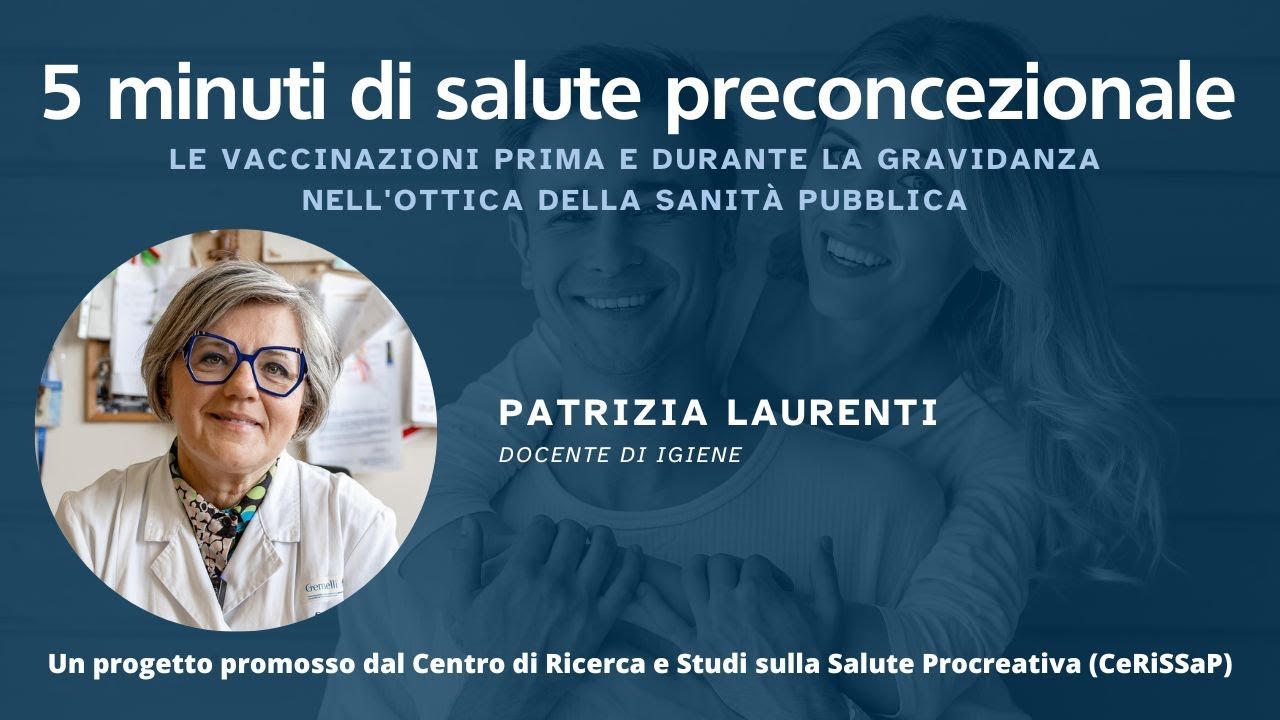Vaccinations before and during pregnancy from a public health perspective
Vaccinations represent one of the most important prevention interventions in public health. They are a very valid tool for protecting health even before, during and after pregnancy. It is, in fact, important that the woman is protected during pregnancy from infectious diseases such as measles, mumps, rubella and chickenpox. Today these vaccinations are administered already in childhood and adolescence and it is, therefore, plausible that the woman arrives protected. Despite this, the gynecologist must arrange serological tests to verify his or her protective status. Another important vaccine to be promoted before pregnancy is the one against the Human Papilloma Virus. This too is now offered to girls and boys in adolescence.
Why is it important to protect women and their embryo before the start of pregnancy? Because these are pathogenic microorganisms capable of crossing the placental barrier and causing damage to the unborn child, damage that is all the more serious the earlier the time of infection. There are also infections that you can protect yourself from during pregnancy. This is the case with the DTPA (Diphtheria-Tetanus-Acellular Pertussis) vaccine. |
What is the reason for these vaccinations during pregnancy? The goal is to protect the baby in the very first weeks after birth, when it can benefit from the maternal antibodies produced during pregnancy. These vaccinations, in fact, are recommended around the twenty-eighth week of pregnancy. In the newborn, the vaccination process begins - then - from the second month.
In addition, flu and SARS COV-2 vaccinations, which are recommended in the second and third trimesters of pregnancy, can also be safely carried out during pregnancy.
Pregnancy thus also becomes an opportunity to intercept women in a very delicate phase of their lives and it is important to reassure women about the safety of these vaccinations. In this way, they will be more likely to accompany their children on the subsequent vaccination process.
read more
-
Climate change and birth rateClimate change and fertility; A general topic for a particular problem that is still little studied and little investigated. We are all realizing how much climate change impacts our lives and how necessary it is to stem it, but few have carried out an analysis of the correlation between this phenomenon and the ability to procreate. We talk about it with Prof. Walter Ricciardi.
-
Welfare and birth rateThe Welfare State, developed since the nineteenth century to mitigate social risks such as unemployment and illness, has contributed significantly to the lengthening of the average life expectancy and to the change in the role of women in society. This change has influenced the traditional view of the family and has made it more difficult for women to reconcile work and family, also affecting historical birth rates. Prof. Gilberto Turati explains the current situation and the dynamics underlying it.
-
Andrological preventionWhen we talk about andrological prevention, we are probably entering a field unknown to many. Contrary to what happens for the female counterpart. In fact, the average age of the first gynecological examination is 15 years, unlike what happens in males where the first andrological specialist check-up often comes at a much older age, at the onset of clinical symptoms or when trying to get pregnant. Why is prevention important in the andrological field? This is what Dr. Carmine Bruno explains.
